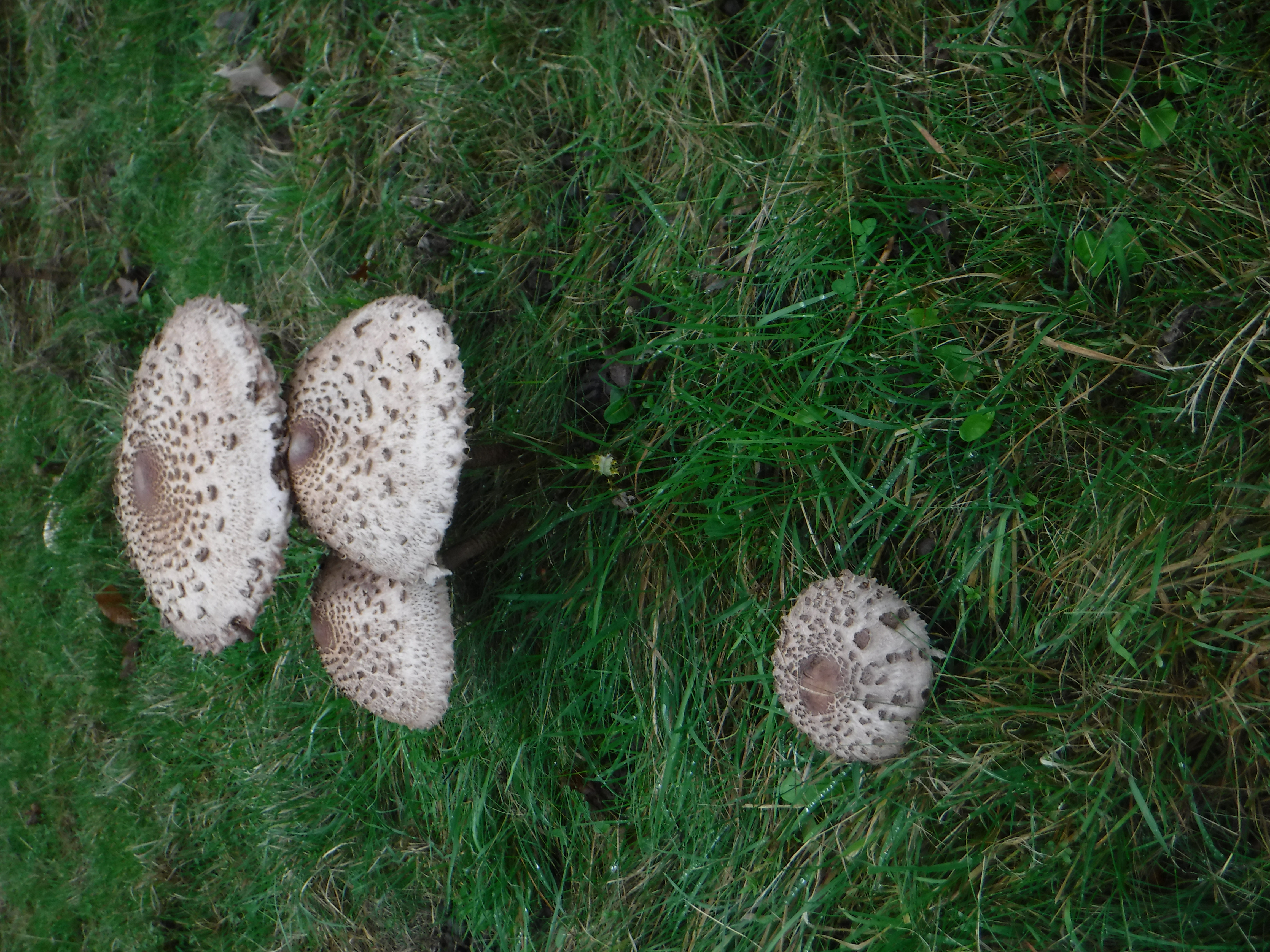
Total monthly rainfall: 134.5 millimetres. Maximum daily rainfall: 16 millimetres (18th and 19th). This high rainfall total went some way towards restoring water-levels in the lake, but had little effect on pond levels. There were 16 days when cloud-cover was 100% during the day. Maximum temperature was 17°C on October 1st, but only 10°C on the 31st, and on the 18th, 19th, and from the 22nd to 26th winds were strong enough to bring down many small woodland trees – especially those suffering grey squirrel damage to their bark.
With no new sightings of wildflower species this month, the story now is of last sightings and still on-site. We saw our last birds-foot trefoil on October 3rd; last yarrow on the 5th; knapweed on the 6th; water-mint on the 7th, and yellow water-lily on the 8th. These were followed by the last red clover on the 18th; white water-lily on the 19th; plus common fleabane and rough hawkbit on the 29th. Wildflowers in bloom and still on-site on October 31st were: dandelion, red and white deadnettle, feverfew, nipplewort, sow-thistle, daisy, herb-Robert, oxeye daisy, scentless mayweed, and Canadian fleabane.
-
 Holly berries ripe
Holly berries ripe
Holly berries ripe
Holly berries ripe
-
 Parasol mushroom
Parasol mushroom
Parasol mushroom
Parasol mushroom
-
 Speckled wood butterfly
Speckled wood butterfly
Speckled wood butterfly
Speckled wood butterfly
-
 Willow emerald egg-laying scars on willow
Willow emerald egg-laying scars on willow
Willow emerald egg-laying scars on willow
Willow emerald egg-laying scars on willow
https://www.kentfieldclub.org.uk/news/little-barton-farm-wildlife-notes/october-2019#sigProId46697ac6bf
There were no new first-sightings of butterflies either. With the generally cold, wet, windy and cloudy weather also, our most frequent diary comment was “unsuitable weather for insects”. We last spotted a small white butterfly on the 9th, a speckled wood on the 10th, a large white on the 14th, a comma on the 18th - maybe rather early for a last sighting. However, the peacock was still here on the 30th, and red admiral on the 31st. Also on the 31st, we re-located four large white butterfly caterpillars from brussels sprouts to garden shrubs. We did manage three first-sightings among an equally small number of moths. In the woodland we came across an almost certain November moth on the 18th. On the same evening we found a winter moth attracted to light in the bathroom; while on the 31st we spotted a slow-flying pale moth in the woodland, which we believe to be a Pale November moth.
Dragonflies too are down to small numbers. We lost the white-legged damselfly on October 1st –-but that was a new last-sighting record for our site, and the first October sighting we have achieved. The ruddy darter lasted until the 17th; southern hawker until the 19th, and the migrant hawker until the 28th. We still had the willow emerald damselfly and the common darter on the 31st.
There was much more interesting wild-bird activity this month. On the 4th five house martins swooped around our lake feeding on crane-flies and other insects before leaving on their winter migration. Over 50 Canada geese announced their arrival with noisy honking on the 22nd, and on the 24th we found a pair of cormorants searching for a fish dinner. These left when they saw our dogs – unlike the heron, which lurks patiently among the rushes, and blends in with the scenery. Finally, we spotted a goldcrest along the woodland ride on the 29th.
The extraordinary rainfall brought forth a succession of fungi from the 8th onwards, starting with 15 parasol mushrooms on the 8th, which became 169 by the 17th. By October 9th we had common funnel and fairy-ring champignon, while on the 12th we found Noddy’s toadstool (fly agaric), and birch polypore.
Changes to autumn colours this month have been varied and prolonged. Beech leaves started to turn yellow on the 1st, while bright red holly berries were ripe by the 5th. Silver birch leaves had a yellow tint by the 10th. A poplar (tinted last month) was bare by the 20th, while some hornbeam were tinted orange by the 22nd. Frost on the 28th caused leaves to fall steadily throughout the wood thereafter; elder was bare next day, and maple leaves turned orange by the 31st.

